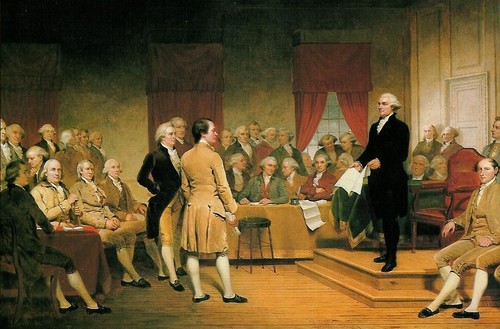The Environmental Protection Agency (EPA) is facing renewed criticism this week with scientists charging that the government arm inaccurately labeled ethanol a “renewable fuel” last February.

According to reports, at the same time that it revised its renewable fuel standards, the EPA also re-ran numbers relating to corn-based ethanol’s lifecycle emissions, and determined that ethanol was responsible for substantially less greenhouse-gas emissions than gasoline, thus allowing it to be redesignated as “renewable.” But, scientists argue, the underlying data remained the same, and demonstrated that ethanol was not a “green” energy source. Nonetheless, they charge, the EPA presented the data in a way that allowed for ethanol to be categorized in a different manner. That, critics say, raises questions about the agency’s independence and pursuit of its mission, as opposed to execution of a political agenda.
According to Jeremy Martin, a senior analyst with the Union of Concerned Scientists’ Clean Vehicles Program, EPA’s decision to focus on anticipated biofuel emissions as of 2022 “distorts the picture of today’s biofuels.” By 2022, the theory goes, corn crop yields will have increased and biorefining technology will be more efficient and green than it is today. But for now, according to Joe Fargione, a scientist with the Nature Conservancy, “in the near term, natural-gas-powered, dry-milled corn ethanol production results in an increase of greenhouse gas emissions of 12 to 33 percent compared to gasoline.” Worse yet, EPA’s analysis recognizes this. However, ethanol has been redesignated, despite such indicators that it does not meet the renewable fuels criteria.
That, critics charge, is indicative of EPA junking sound science in favor of a political agenda.
As Capitol Confidential has previously reported, President Obama has a history of strongly supporting ethanol (much of which is produced in his home state of Illinois). Furthermore, top administration officials such as Agriculture Secretary Tom Vilsack have been aggressively pursuing pro-biofuels policies such as mandating more flex-fuel vehicle production, and increasing U.S. Navy reliance on biofuels.
EPA, meanwhile, has been under sustained pressure from pro-ethanol groups such as Growth Energy to approve an increase in the fuel blend ceiling from 10 percent ethanol to 15 percent ethanol–a move that observers say would constitute a massive giveaway to the ethanol industry that could prove helpful in shoring up support for the President and endangered Democrats in ethanol-producing “swing” areas, such as some Midwestern districts and states.
Indeed, according to Martin, the issue may be less the EPA junking science, but rather it executing a pre-ordained political agenda, enshrined in existing legislation. “Clearly, there was support for continuing the conventional biofuel program: that’s the instruction the EPA got,” he says. “So I wouldn’t call that a problem with their analysis. They were just doing what they were ordered to do by law.”
Either way, however, observers say scrutiny of the EPA as it moves closer to reaching a decision on issues such as raising the fuel blend ceiling will doubtless increase. As one ethanol opponent told Capitol Confidential “in view of this most recent criticism, if the EPA does it, it will undercut their green bona fides, but worse, indicate the politicization of an agency intended to implement sound environmental policy, not curry favor with political benefactors.”
A decision on the fuel blend ceiling is expected during the summer.
COMMENTS
Please let us know if you're having issues with commenting.